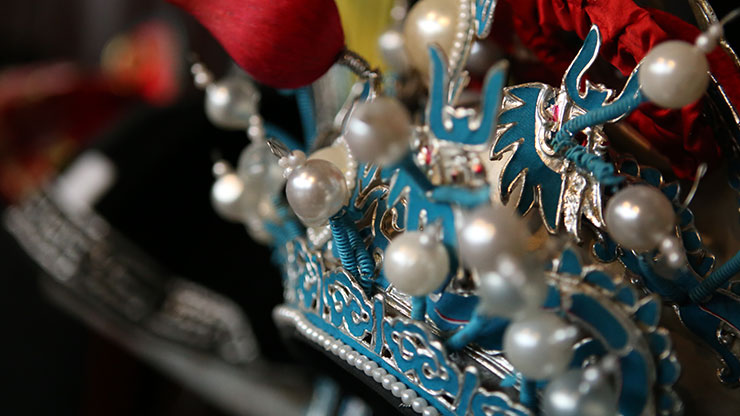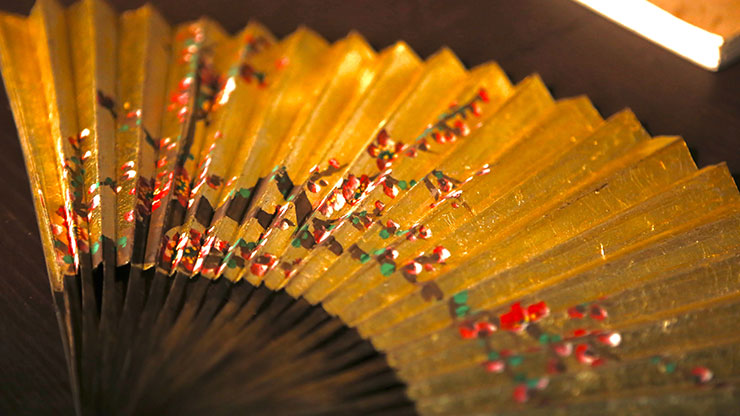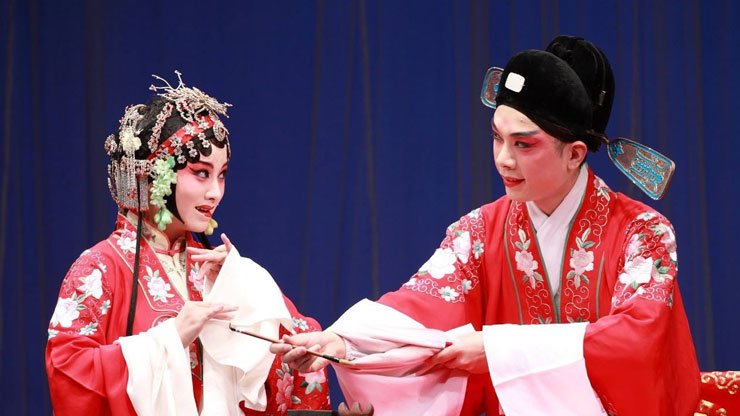- Address: 4th Chaotian Palace Qinhuai District Nanjing
- Address in Chinese: 南京市秦淮区朝天宫四号
- Hours:
Affiliated with the Jiangsu Kun Qu Opera Troupe, the Lan Yuan Theatre specializes Kun Qu performances. The troupe from this theatre has performed in nearly 10 countries and regions.
In 2001, Kunqu was inscribed by UNESCO on the Representative List of the Intangible Cultural Heritage of Humanity. According to UNESCO.
Kun Qu Opera developed under the Ming dynasty (fourteenth to seventeenth centuries) in the city of Kunshan, situated in the region of Suzhou in southeast China. With its roots in popular theatre, the repertory of songs evolved into a major theatrical form. Kun Qu is one of the oldest forms of Chinese opera still performed today.
It is characterized by its dynamic structure and melody (kunqiang) and classic pieces such as the Peony Pavilion and the Hall of Longevity. It combines song and recital as well as a complex system of choreographic techniques, acrobatics and symbolic gestures. The opera features a young male lead, a female lead, an old man and various comic roles, all dressed in traditional costumes. Kun Qu songs are accompanied by a bamboo flute, a small drum, wooden clappers, gongs and cymbals, all used to punctuate actions and emotions on stage. Renowned for the virtuosity of its rhythmic patterns (changqiang), Kun Qu opera has had a considerable influence or more recent forms of Chinese opera, such as the Sichuan or Beijing opera.


